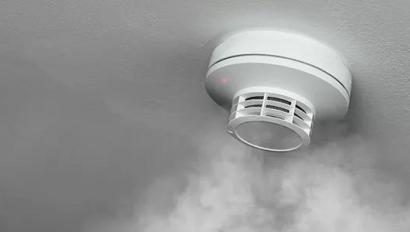Employee time tracking and why it is important to monitor staff hours

Why it’s important to monitor staff hours
UK law requires you to keep some working time records, primarily to provide evidence that employees are not being made to work excessive hours.

Employers are required to record working time
If a complaint is made against you, then an enforcement officer, via the Health & Safety Executive (HSE) or Local Authority, will investigate and expect to see your working time records. If you don’t keep a record, and are therefore unable to counter any allegations made, you could face prosecution.
How do you record employer working time?
Clocking in/out of work using traditional punch cards and machines are a well understood method of recording employee attendance and working hours, but it’s a dated, unreliable approach that provides minimal information. What’s more, these systems are usually restricted to the shopfloor, infrequently used in other areas of businesses and in different types of businesses, e.g. office-based ones. This means employers are only gaining insight into one part of their business and that insight is limited.
What are the advantages to implementing a time and attendance tracking system?
Modern Time & Attendance systems are not only replacing this traditional method but are also being used across a wider range of businesses, big and small. Why? Because they provide employers and employees with multiple benefits.
At the basic level, a Time & Attendance system provides an automatic record of the hours that staff work, including what time they arrive, when they leave, and the number of hours worked. This ensures they receive accurate renumeration for their working time and they are protected from working excessive hours.
How to Improve lateness, absenteeism and presenteeism?
According to the Vitality Health Britain’s Healthiest Workplace Survey the UK productivity loss is at a highest, with employees losing 38 days of productive time each year through ill-health related absence and presenteeism. This not only costs businesses money in lost productivity but equally problematic is the effect it can have on staff morale.
Implementing a Time and Attendance system can help employers to closely monitor staff attendance at work, addressing lateness, absenteeism and presenteeism. Features such as the Bradford Factor ensures understanding among employees that they will not be punished for taking off time from work due to illness.
If employees feel that absences are being tracked and accounted for, they will feel a lot happier taking time off work to recover from genuine sickness. Consequently, it enables organisations to identify employees who are dishonestly claiming to be off sick and avoiding responsibilities.

How to choose the right Time and Attendance System?
Time & Attendance systems are available for all sizes of business, from our entry level low cost, simple to use Starter package for small businesses of up to 50 employees, through to our Time and Attendance Enterprise for 100+ employees. Depending on the system chosen, the systems provide:
- Management and recording of every type of work pattern & schedule, including temporary / contract staff hours
- Rota scheduling 24/7, payroll, staff holidays
- Employee smartphone clocking in / out
- Access control integration for card & biometric clocking in devices.
Our Time and Attendance systems can save you time and money by automating the calculation of attendance hours, overtime, holidays and provide management of absences (all exportable to payroll in minutes) and provide evidence in proof of compliancy within working time regulations. This is all done in real time, so your information is always current, plus the information can be presented in variety of report formats that suit your needs.























